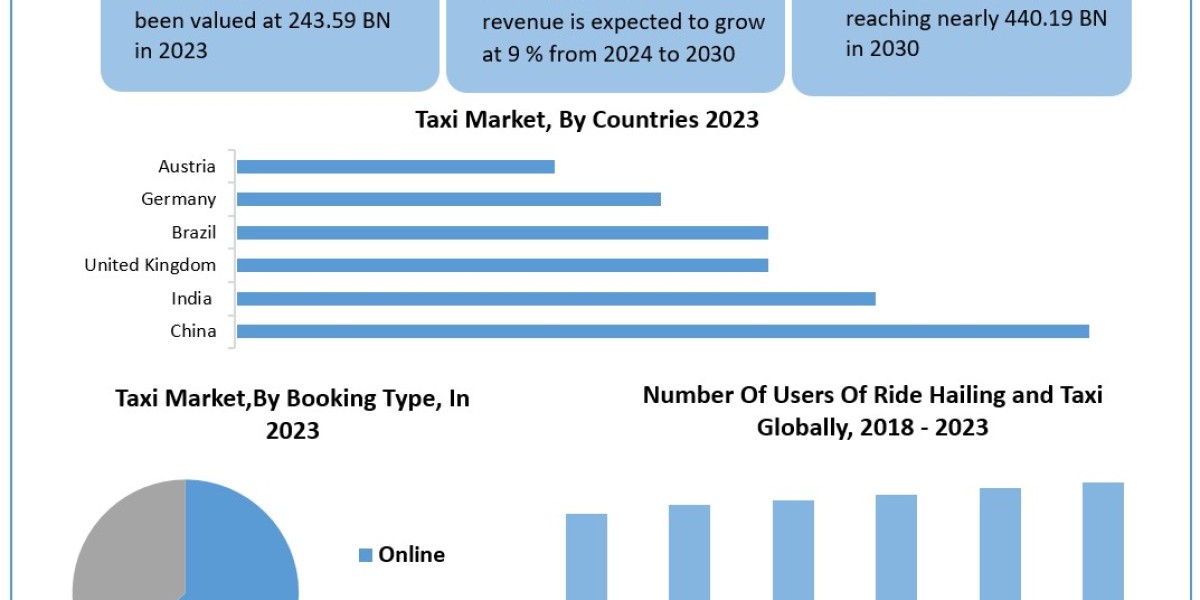The construction industry in Pakistan plays a vital role in the nation’s economic development, contributing significantly to GDP and employment. With urbanization on the rise, increased investments in infrastructure, and a growing housing demand, Pakistan's construction market is set for a promising trajectory.
Key Drivers of Pakistan's Construction Market Growth
Urbanization and Population Growth
Pakistan's population, currently exceeding 240 million, is rapidly urbanizing. By 2030, over 50% of the population is expected to reside in urban areas. This surge is driving the demand for residential, commercial, and infrastructure projects.CPEC (China-Pakistan Economic Corridor)
The CPEC initiative has significantly influenced the construction sector by introducing large-scale infrastructure projects such as highways, railways, and energy plants. These projects not only improve connectivity but also create opportunities for local contractors and suppliers.Housing Shortage
Pakistan faces a severe housing deficit, with an estimated shortage of over 10 million housing units. Government initiatives like the Naya Pakistan Housing Program aim to address this issue, fostering growth in residential construction.Government Policies and Investments
The government has prioritized construction through tax incentives, reduced duties on construction materials, and increased funding for public infrastructure projects, boosting private sector involvement.Demand for Industrial Infrastructure
With the rise in manufacturing and export activities, there is an increasing need for industrial zones, warehouses, and logistics infrastructure, further fueling the construction industry.
Challenges in the Construction Market
Despite its potential, Pakistan’s construction sector faces several challenges:
- Rising Material Costs: Fluctuations in the prices of steel, cement, and other materials impact project costs.
- Regulatory Hurdles: Complex approval processes and lack of streamlined regulations can delay project timelines.
- Skilled Labor Shortage: A lack of adequately trained construction workers affects the quality and efficiency of projects.
- Economic Instability: Inflation and currency devaluation can disrupt investments and the affordability of construction projects.
Emerging Trends in Pakistan's Construction Industry
Sustainable Construction Practices
Increasing awareness about climate change is driving demand for eco-friendly construction materials and energy-efficient building designs.Smart Cities Development
Projects like the Ravi Urban Development Authority (RUDA) aim to integrate technology and sustainability into urban planning, reflecting a shift toward smart city initiatives.Prefabricated and Modular Construction
Faster construction timelines and cost efficiency are popularizing prefabricated building techniques, especially in urban housing projects.Digital Transformation
The adoption of Building Information Modeling (BIM), drones for surveying, and other digital tools is improving project efficiency and precision.
Future Outlook
The Pakistan construction market is expected to grow at a steady pace in the coming years, driven by public and private sector investments. Key growth areas include:
- Transportation Infrastructure: Projects like motorways, bridges, and ports are critical for economic connectivity.
- Affordable Housing: Continued focus on addressing the housing shortage will remain a top priority.
- Renewable Energy Projects: Construction of hydroelectric and solar plants will play a crucial role in meeting the country's energy needs.
Buy the Full Report to Know More about the Pakistan Construction Market Forecast








